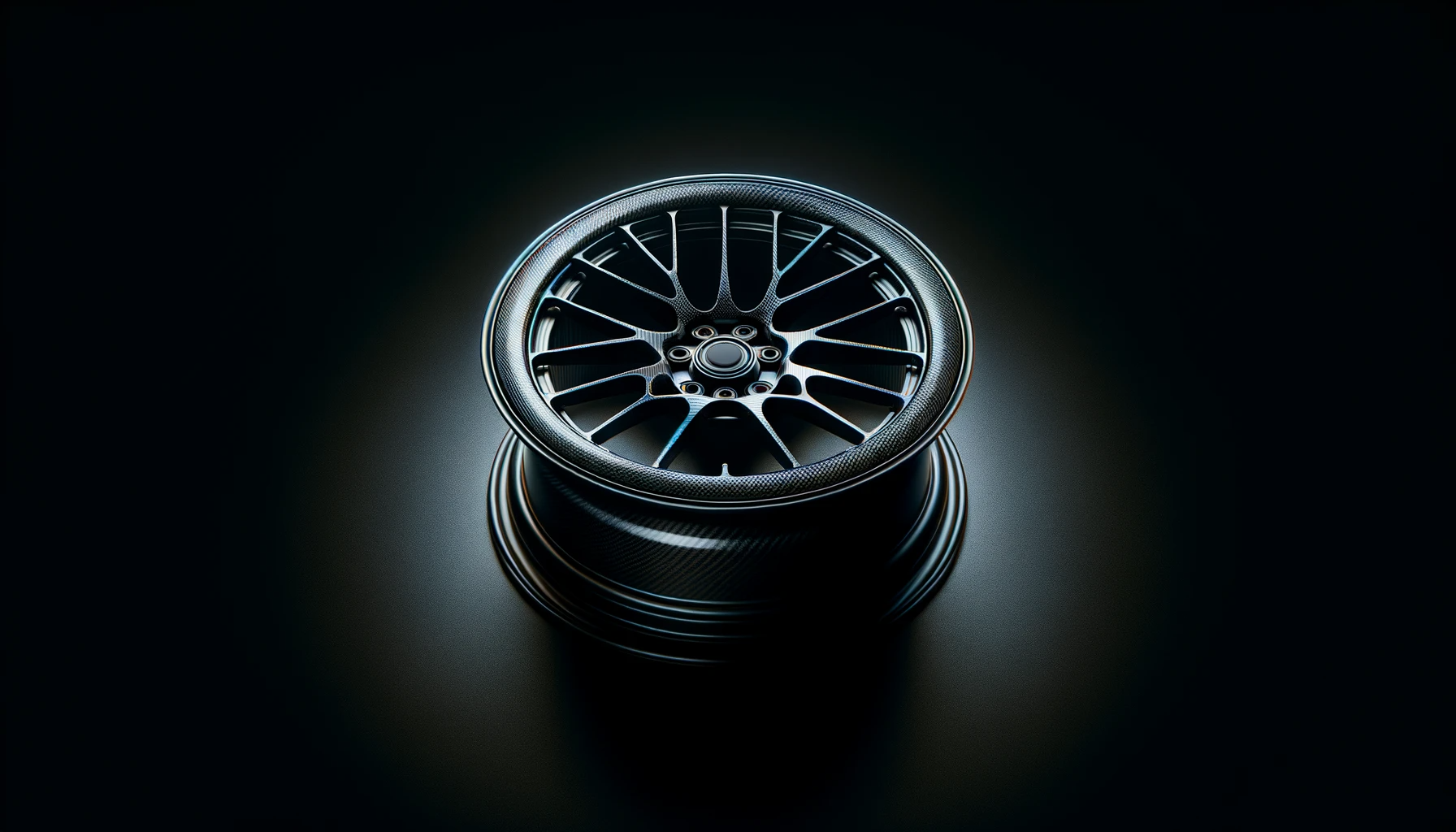
Tuning the Engine with Carbon Intakes and Exhausts: A Path to Enhanced Performance
In the quest for automotive excellence, enthusiasts and professionals alike continually seek ways to enhance engine performance. Among the myriad of upgrades available, carbon fiber intakes and exhaust systems stand out for their potential to increase airflow and power gains significantly. This blog post delves into the world of carbon intakes and exhausts, exploring how these components can transform your vehicle's performance.
The Role of Carbon Fiber in Automotive Tuning
Carbon fiber is renowned for its strength-to-weight ratio, making it an ideal material for performance-oriented automotive applications. In the context of engine tuning, carbon fiber components like intakes and exhaust systems offer a two-fold advantage: they reduce weight and improve airflow. The lightweight nature of carbon fiber contributes to overall vehicle weight reduction, enhancing agility and speed. More importantly, its application in air intake and exhaust systems directly impacts engine efficiency and power output.
Carbon Fiber Intakes: Breathing New Life into Your Engine
An engine's performance is largely dependent on its ability to "breathe" – that is, to intake air for combustion and expel exhaust gases efficiently. Carbon fiber intakes are designed to optimize this process. By replacing the standard, often restrictive factory intake with a streamlined, carbon fiber variant, the engine can draw in more air with less effort. This increased volume of air available for combustion can lead to more significant power gains, particularly when combined with other tuning measures such as ECU remapping or the installation of a performance air filter.
The benefits of carbon fiber intakes extend beyond just power gains. They also contribute to better engine response and can even improve fuel efficiency by optimizing the air-fuel mixture in the combustion chamber. Additionally, the thermal properties of carbon fiber help in reducing heat soak, ensuring that the air entering the engine remains cooler and denser, which is ideal for combustion efficiency.
Carbon Fiber Exhaust Systems: Enhancing Flow and Reducing Backpressure
On the flip side of the engine's breathing process is the exhaust system, tasked with efficiently expelling combustion gases. A carbon fiber exhaust system enhances this process in several ways. Firstly, its lightweight construction reduces overall vehicle weight, contributing to performance improvements. More critically, though, carbon fiber exhaust systems are designed to minimize backpressure. This reduction in backpressure allows the engine to expel gases more freely, reducing the workload on the engine and thereby increasing power output.
Moreover, the acoustic properties of carbon fiber can alter the exhaust note, often resulting in a more pleasing, sportier sound. This aesthetic enhancement, coupled with the performance benefits, makes carbon fiber exhaust systems a popular choice among tuning enthusiasts.
Integration and Tuning: Maximizing Gains
While carbon fiber intakes and exhausts offer substantial benefits independently, their full potential is unleashed when properly integrated into a comprehensive tuning strategy. It’s crucial to consider the engine as a whole system; thus, upgrades should be harmonized to ensure optimal performance gains. For instance, pairing a carbon fiber intake with a high-flow exhaust system and appropriate ECU tuning can yield significantly better results than any single modification in isolation.
Furthermore, while the focus is often on power gains, it's essential to consider the impact of these modifications on engine reliability and longevity. Professional installation and tuning are recommended to ensure that the engine maintains its integrity and that the performance enhancements are sustainable in the long term.
Conclusion
Carbon fiber intakes and exhaust systems represent a fusion of advanced material science and automotive engineering, offering a pathway to enhanced engine performance. By improving airflow and reducing weight, these components can significantly increase power output, efficiency, and the overall driving experience. However, the key to unlocking their full potential lies in thoughtful integration with the vehicle's existing systems and a holistic approach to engine tuning. With the right setup, carbon fiber upgrades can transform a standard vehicle into a finely tuned performance machine.



